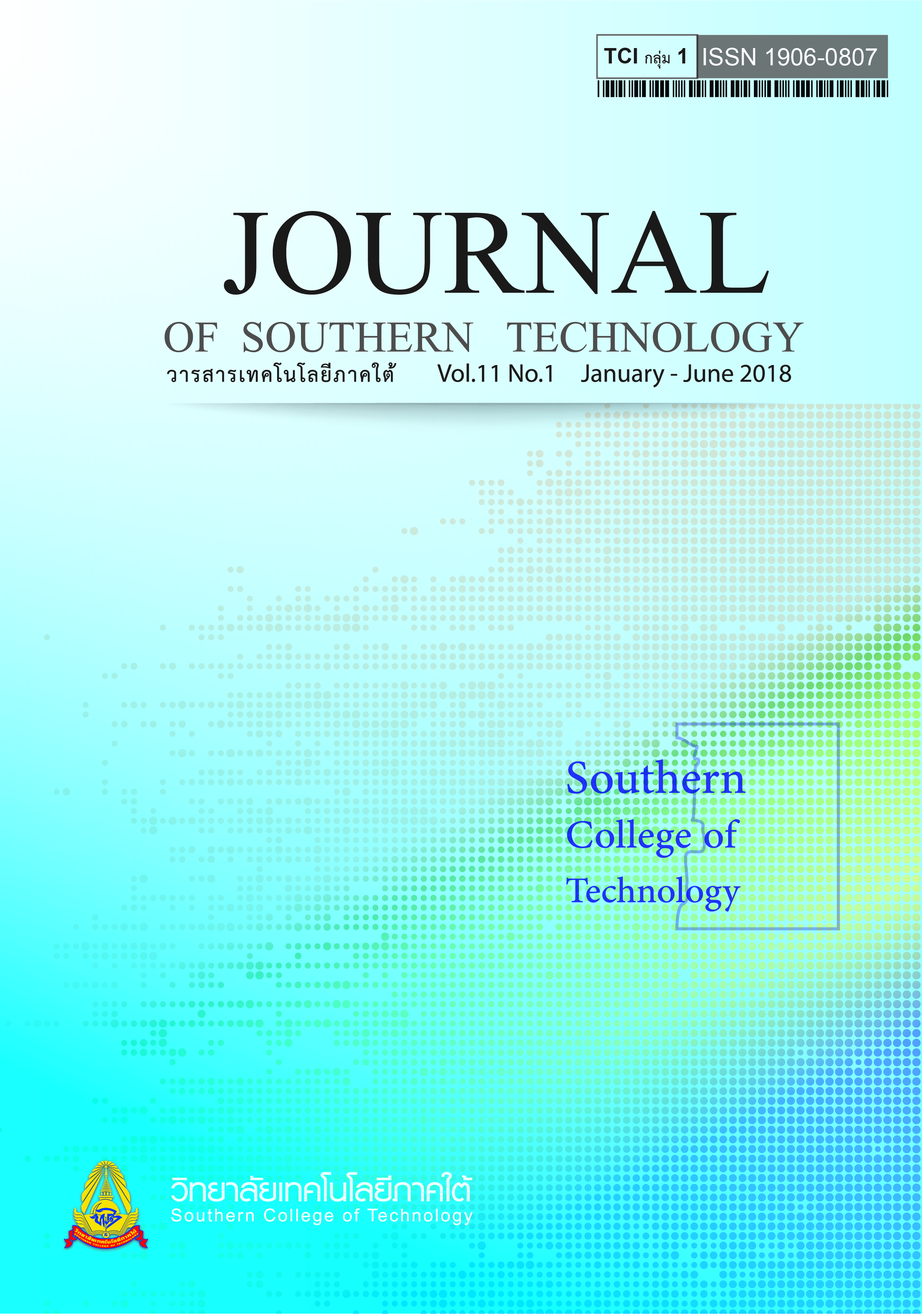The Community Participation Process in Well-being Development
Main Article Content
Abstract
This study aimed to examine the community participation process in well-being development. The data were obtained from reviews of related literature. The results found that the level of public participation depends on the definition of participation. It related with participatory patterns. Public participation in well-being development through the use of participatory action research mechanisms. It is a truly engaging process. It encourages the interaction of the parties involved in any action that leads to the exchange and mutual understanding of the person in the group situation, to achieve the aims of the group. Five levels of community involvement in well-being development are participation in terms of planning, activities, utilization, benefit sharing and evaluation. The forms of participation include; decision making, well-being development, receiving benefits and evaluation. The results of the community's participation will be direct and indirect benefit to the participants. In addition, it also distributes benefits to the community. Thus, the potential of health personnel to support the community's true participation in well-being development is the one of the efficiency and effectiveness ways to develop health systems.
Article Details
-
Authors must agree to the journal publication rules and allow the editors to edit the manuscripts for publication.
-
Author’s right belongs to the author but Journal of Southern Technology holds the right of first publication and thus allow readers to use the article for the purpose of education but not commercial.
References
Bouneaw, J. (2007). The Participatio in Research for Locally. Chiang Mai: Chiang Mai University. [In Thai]
Chombhun, J. (2012). The public participation in the public participation handbook: making better decision through citizen involvement context in Thailand. Journal of Environmental Management, 8(1), 123-141. [In Thai]
Cohen, J. M., & Uphoff, N. T. (1980). Participation Place in Rural Development: Seeking Clarity through Specificity, World Development. New York: Cornell University.
Creighton, J. L. (2005). The Public Participation Handbook: Making Better Decisions through Citizen Involvement. San Francisco: Jossey Bass.
Keith, D. D. (1972). Human behavior at work- human relations and organization behavior. New Planner, 35, 216-224.
Munnaiboontham, W. (2016). Thai health promotion in Thailand 4.0. Journal of Public Health, Khon Kaen, 28(2), 4-7.
Phalasuek, R., Thonglert, D., Thanomchayathawat, B., Peawchana, W., & Permphet, S. (2016). Acceptability and effectiveness of the health volunteer-rehabilitation programs for older patients with post stroke. Boromarajonani College of Nursing, Uttaradit Journal, 8(1), 14-24. [In Thai]
Phalasuek, R., Thanomchayathawat, B., & Thonglert, D. (2017). A community participation process in teenage pregnancy prevention. The Southern College Network Journal of Nursing and Public Health, 4(2), 256-267. [In Thai]
Poomsanguan, K. (2014). Health and health promotion: nurses’ important role. Journal of the Royal Thai Army Nurses, 15(2), 10-14.
Tachaatig, S., & Wongarsa, W. (2012). Community well-Being development for healthy life. Journal of Humanities & Social Sciences, 29(2), 1-22. [In Thai]
Worapradit, S. (2010). Community Participation Division of Information Technology Office of the Non-Formal and Informal Education Trat Province. Trat: Office of the Non-Formal and Informal Education Trat Province. [In Thai]

